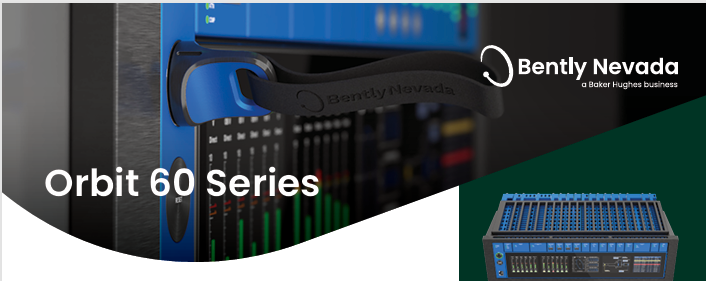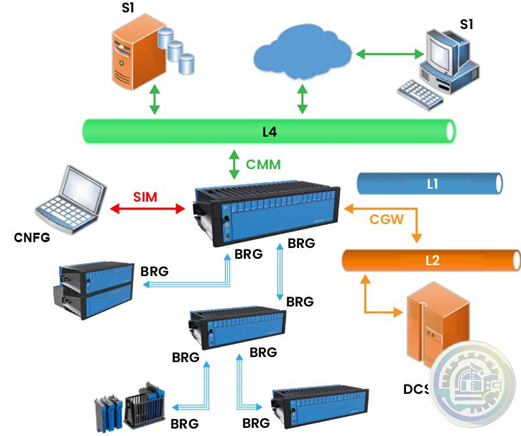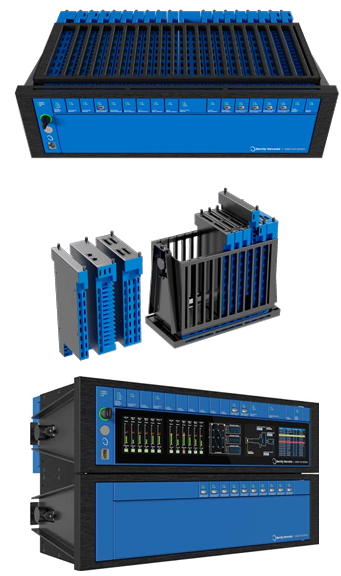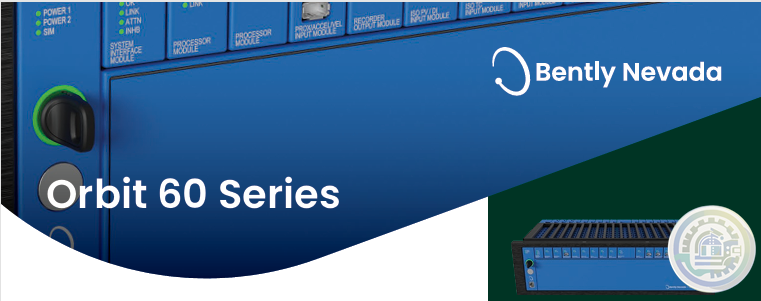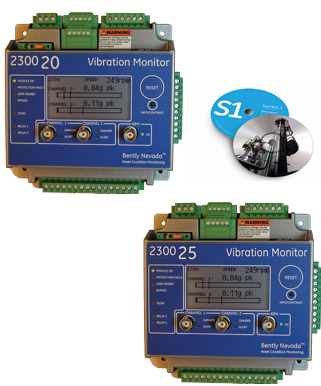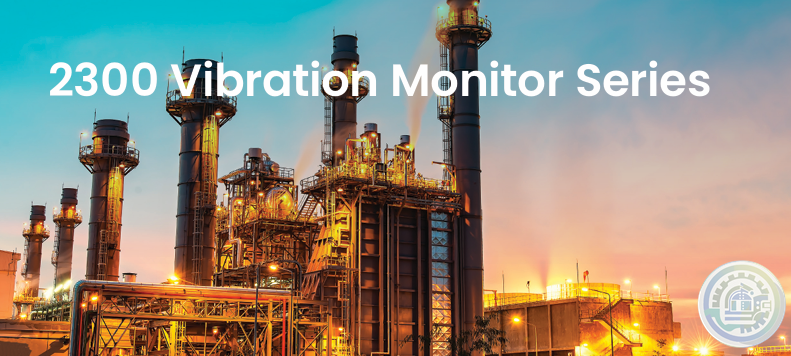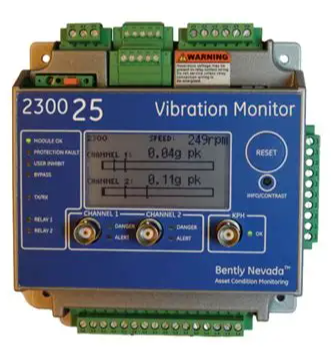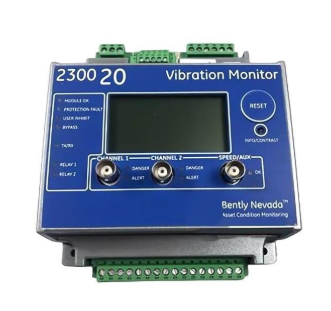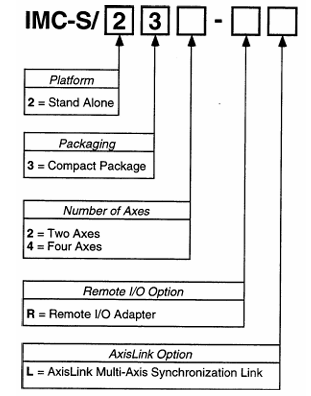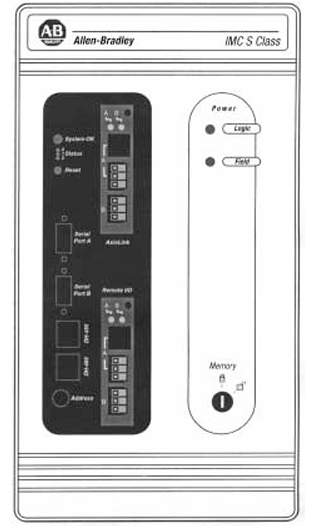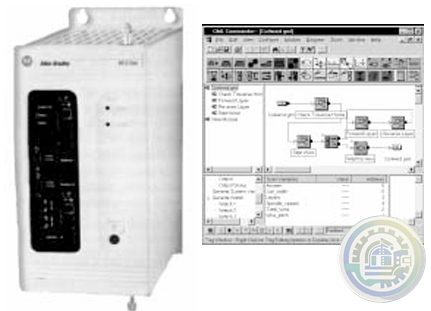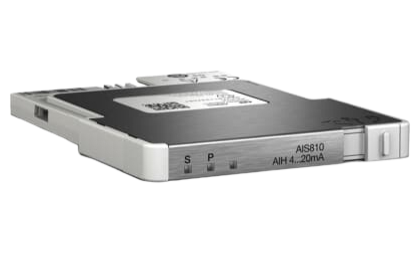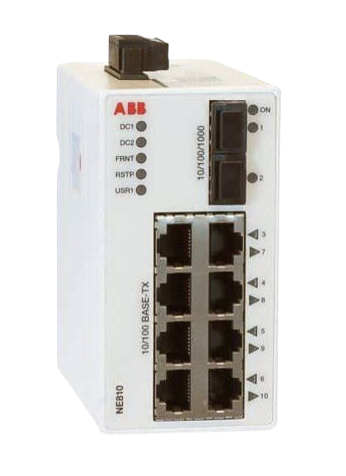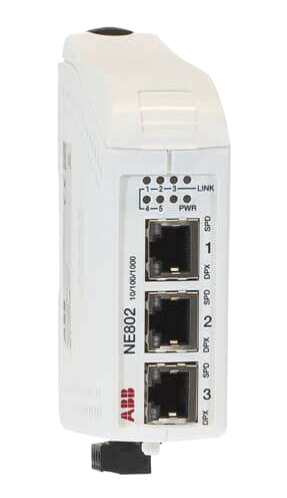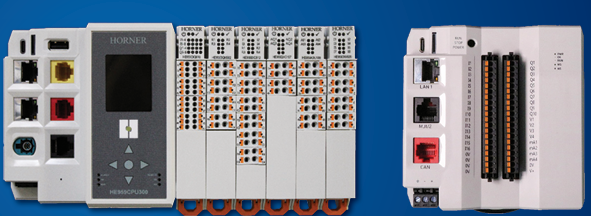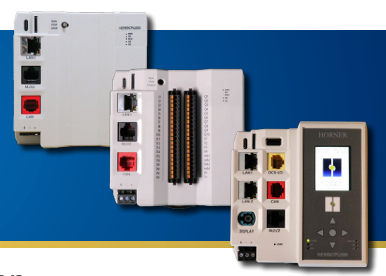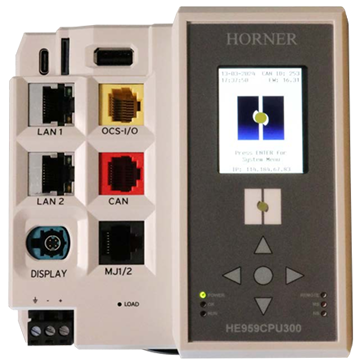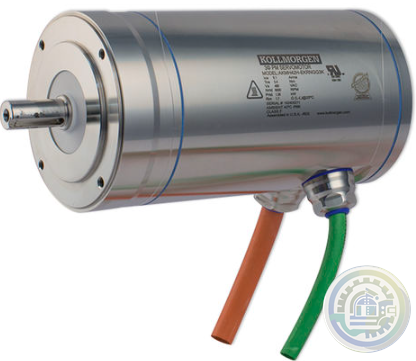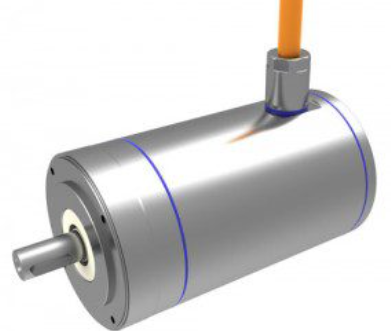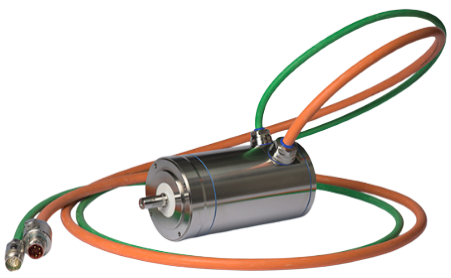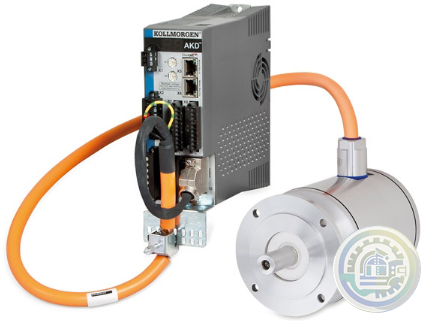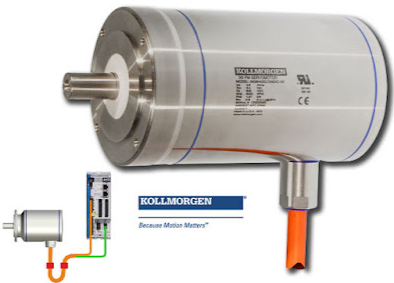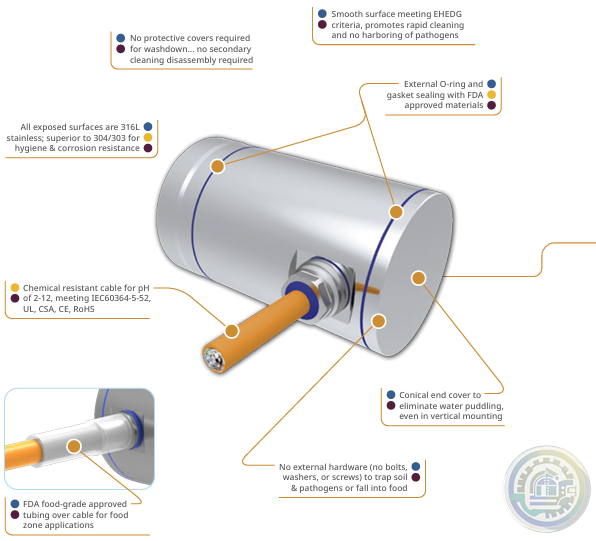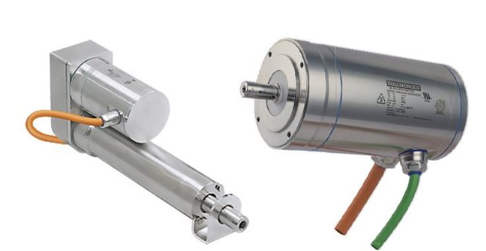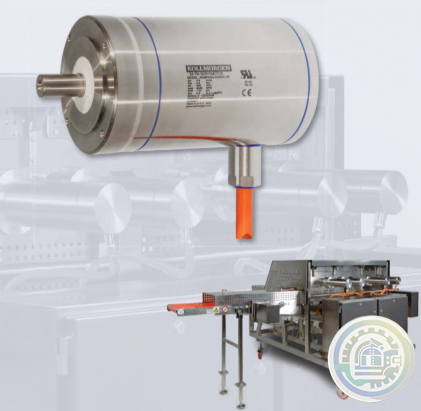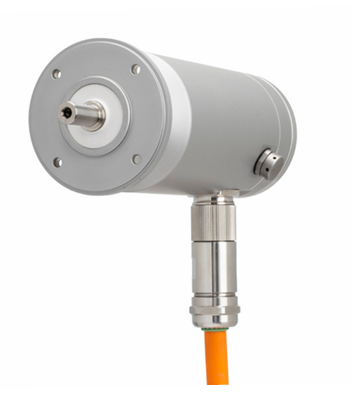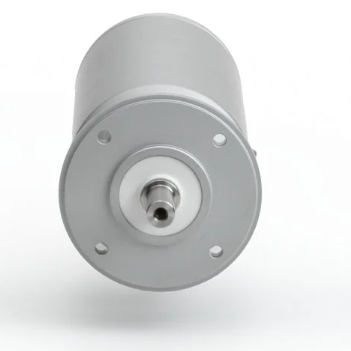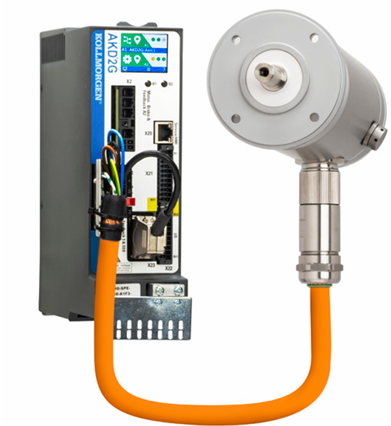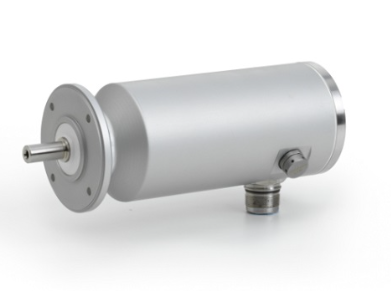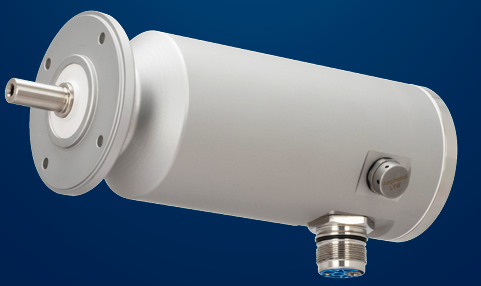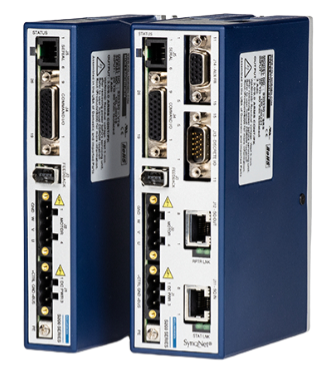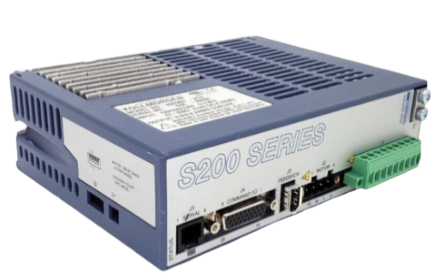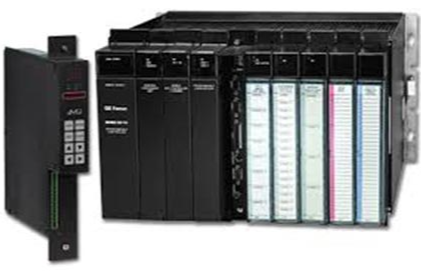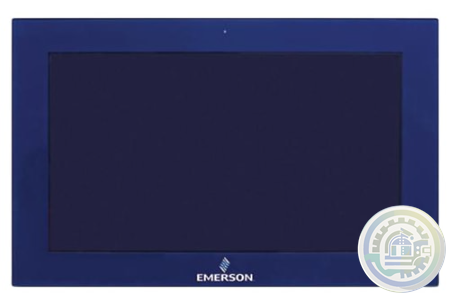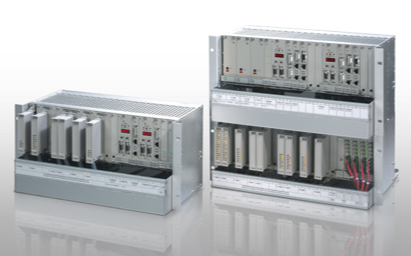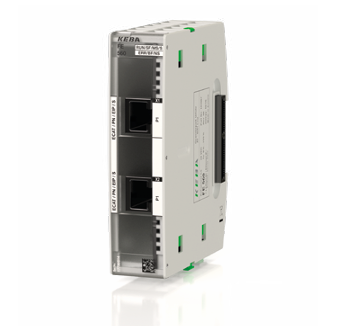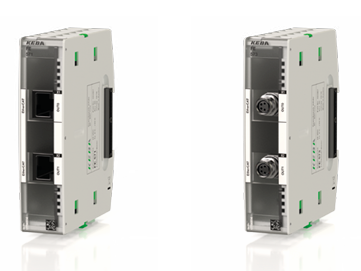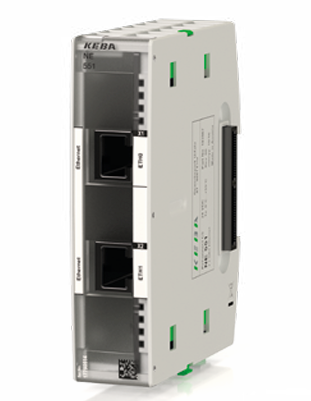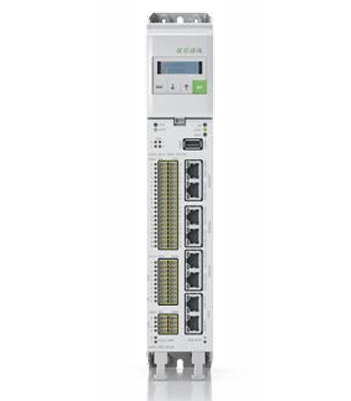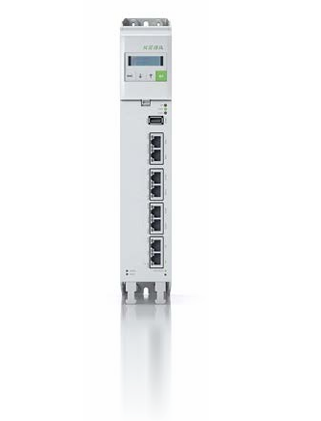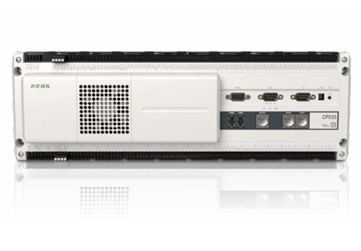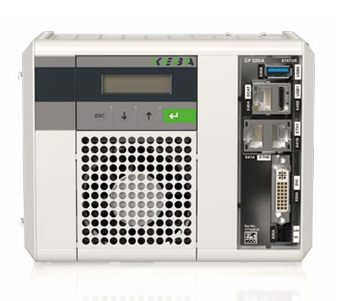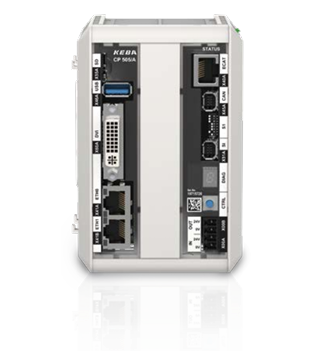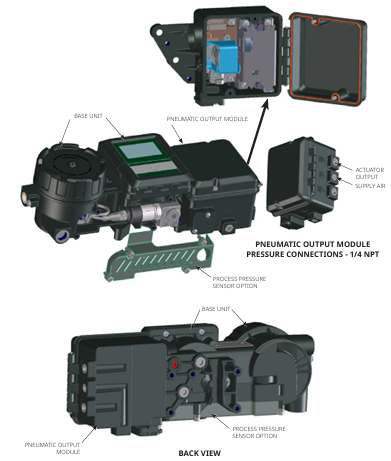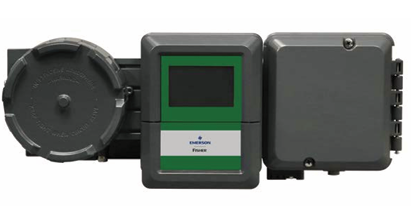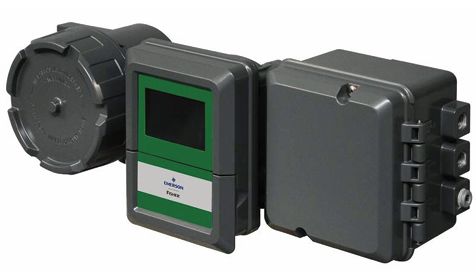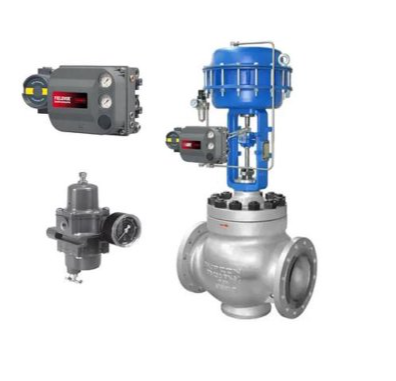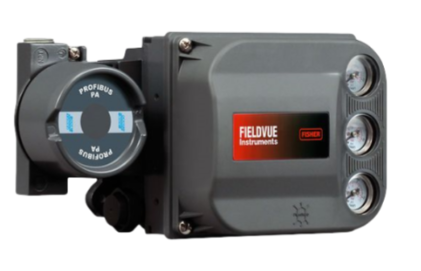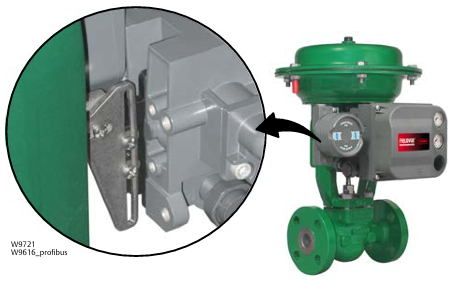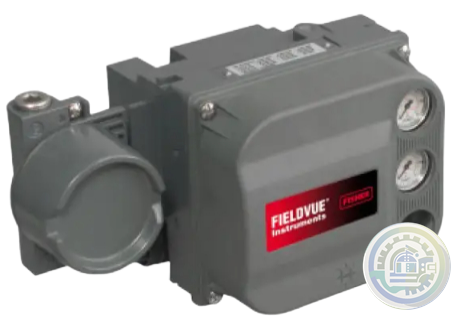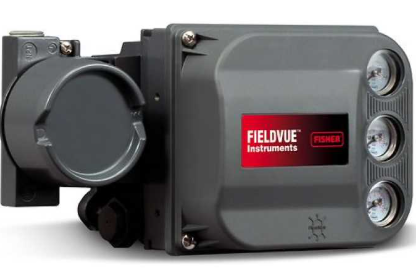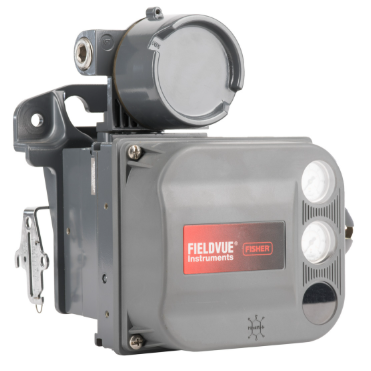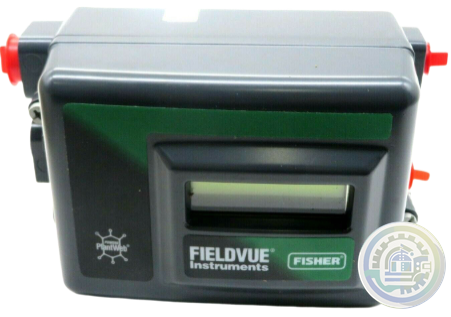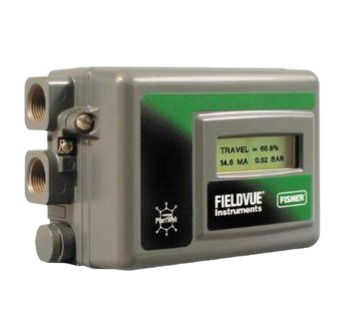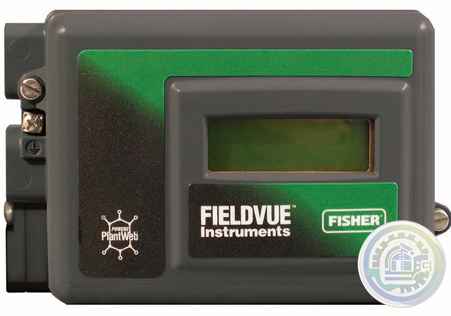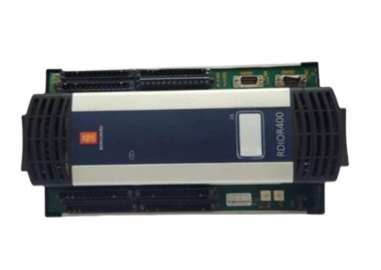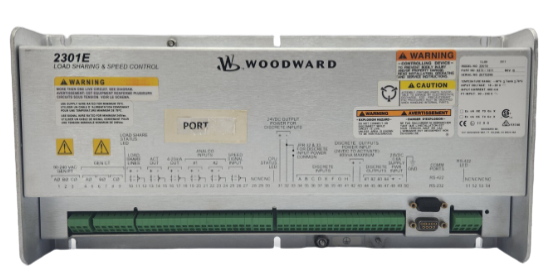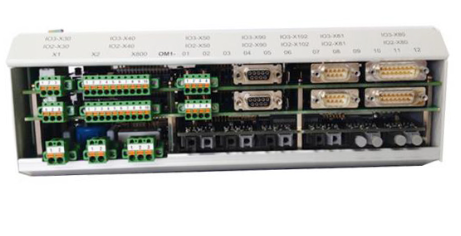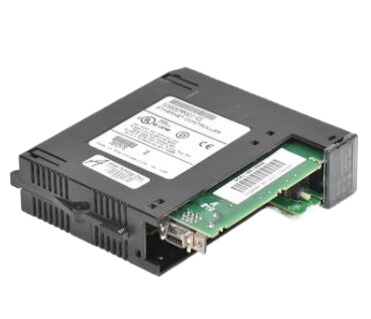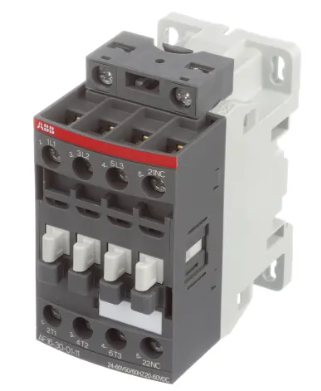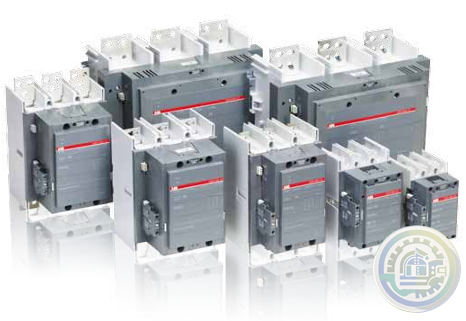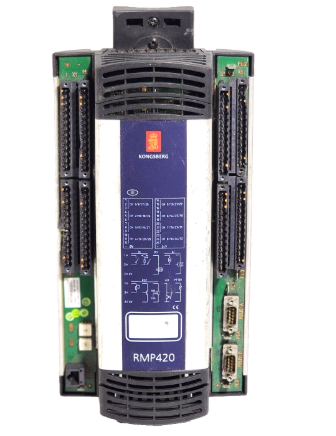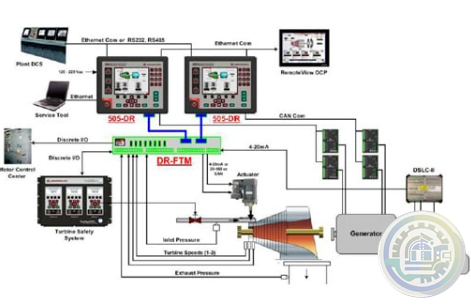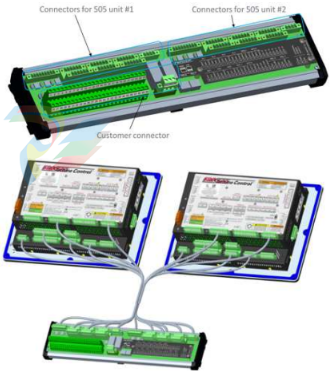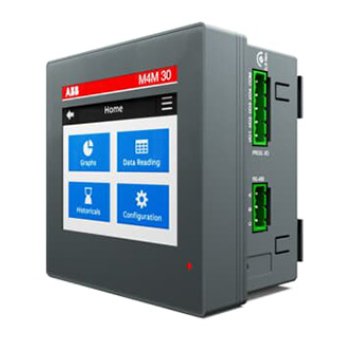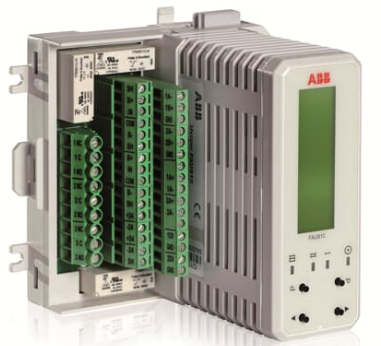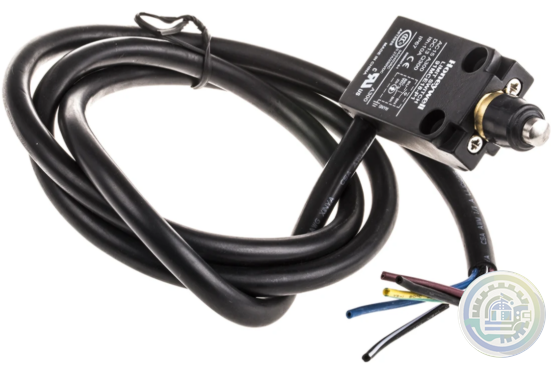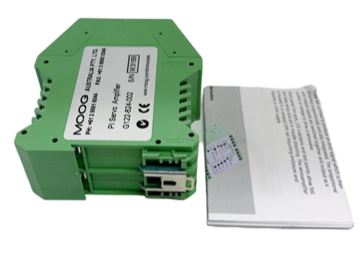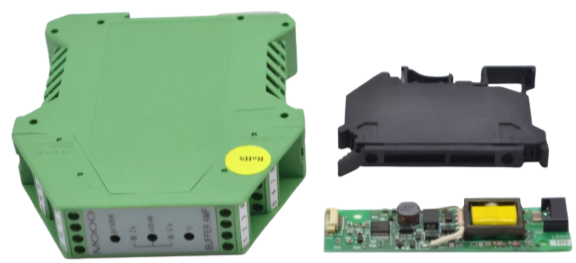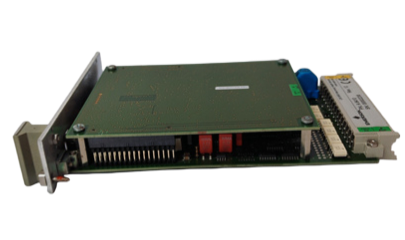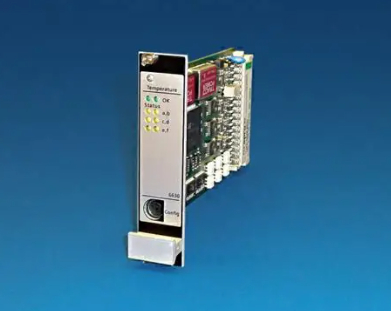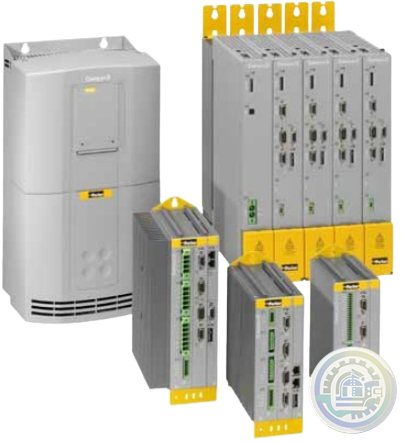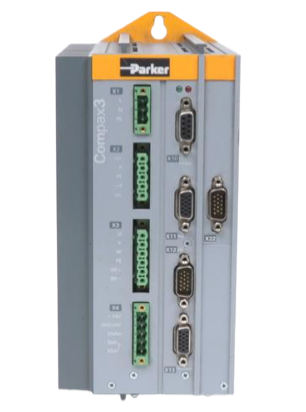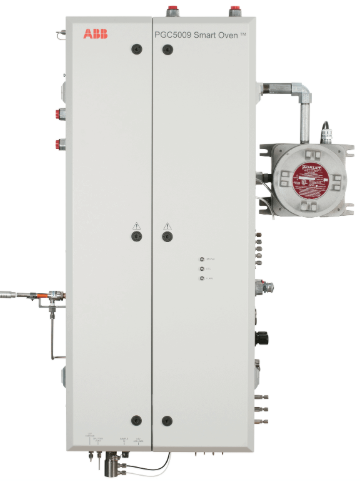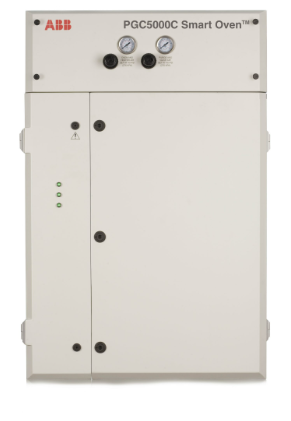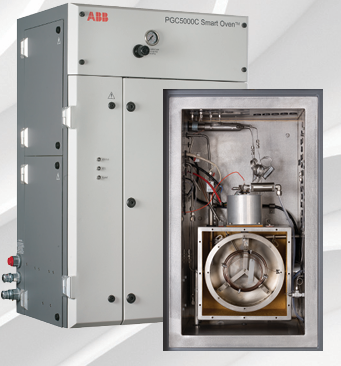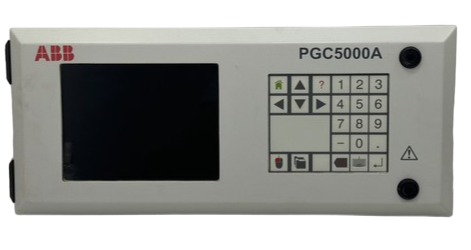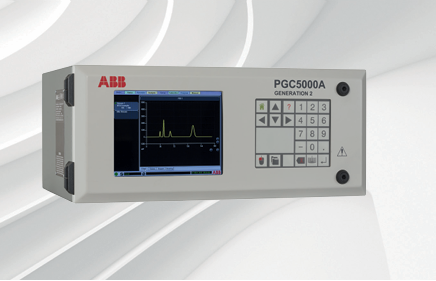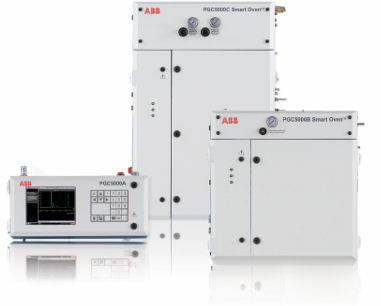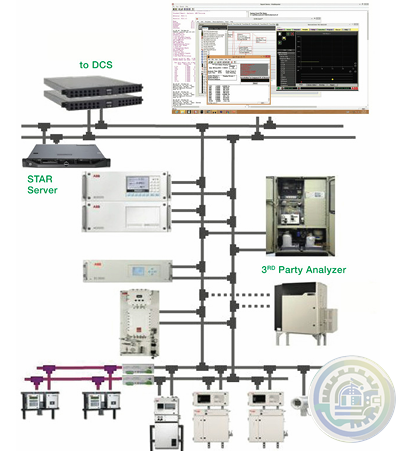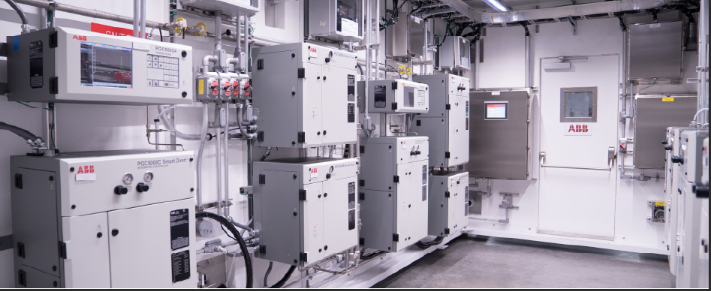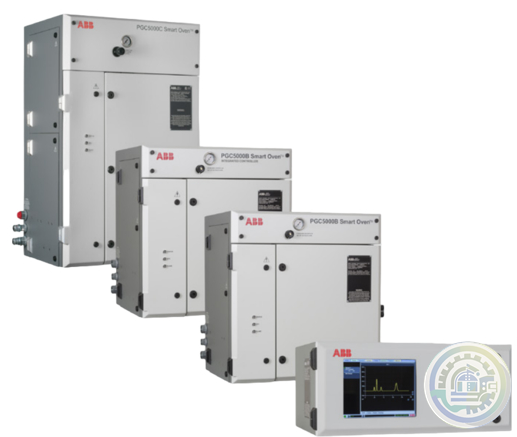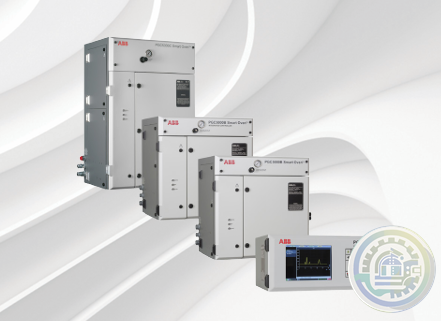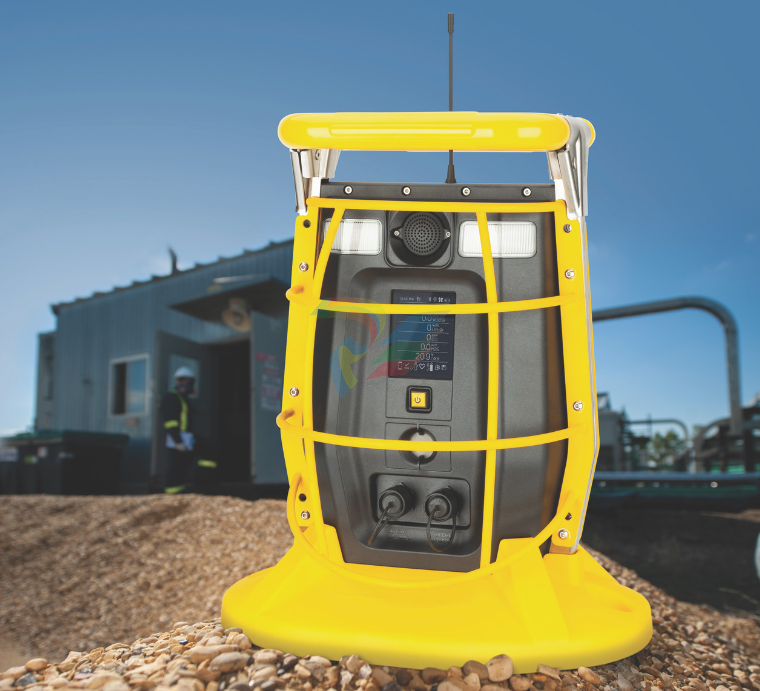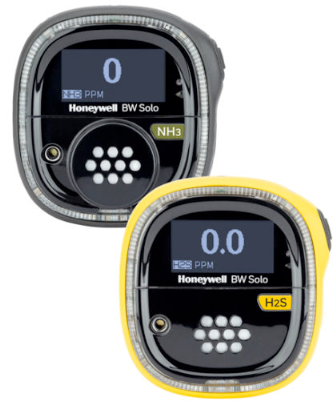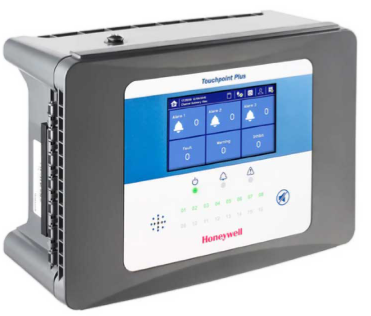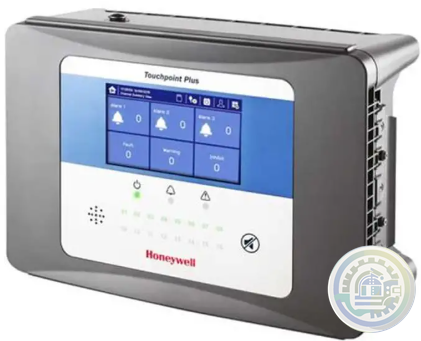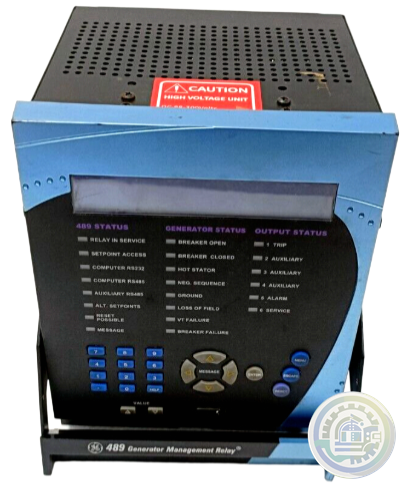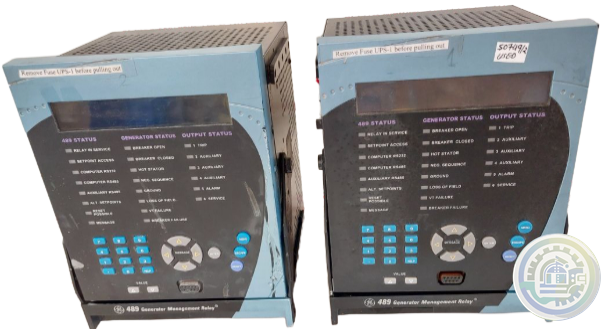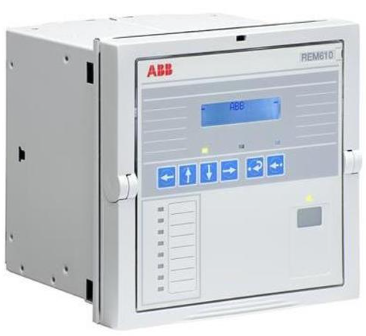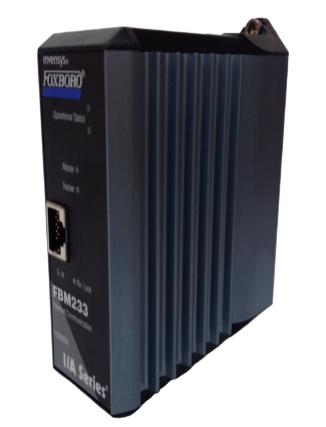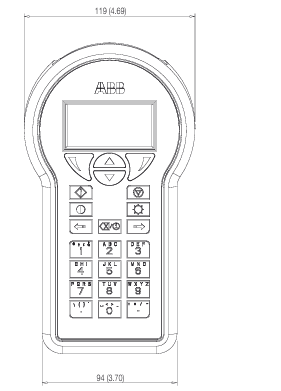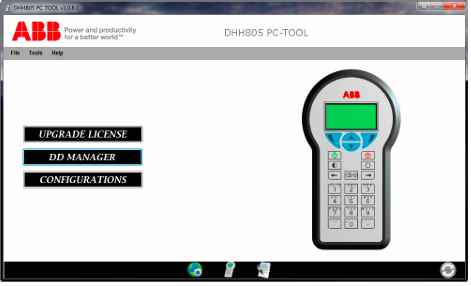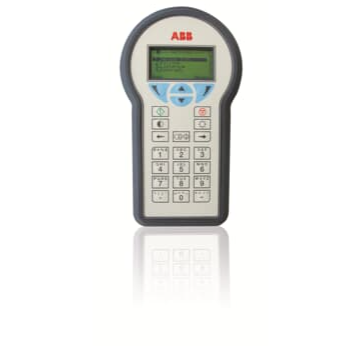-
Bently Nevada 2300/20-CN Monitor with 4-20ma Outputs
-
Bently Nevada 2300/20-RU 2300 Vibration Monitor
-
ABB NE810 3BSE080207R1 Network switch
-
ABB NE802 Network switch 3BSE080237R1
-
A-B 4100-234-R Compact Motion Controller
-
Bently Nevada ORBIT 60 SERIES Dynamic Input Modules Connectors
-
Bently Nevada ORBIT 60 SERIES Dynamic Input Modules Description
-
Bently Nevada Orbit 60 Series Robust cybersecurity
-
Bently Nevada ORBIT 60 SERIES System Overview
-
Bently Nevada ORBIT 60 SERIES System Overview Datasheet
-
Bently Nevada ORBIT 60 SERIES
-
Bently Nevada 2300 Vibration Monitor Series Benefits
-
Bently Nevada 2300 Vibration Monitor Series Key Features
-
Bently Nevada 2300 Vibration Monitor Series Description
-
Bently 2300/25 2300 Vibration Monitor Key Features
-
Bently 2300/20 and 2300/25 2300 Vibration Monitors Features
-
A-B IMC™ S Class Compact Motion Controllers Model Number Explanation
-
A-B IMC™ S Class Compact Motion Controllers (IMC-S/23x Models) Product Features
-
A-B IMC™ S Class Compact Motion Controllers (IMC-S/23x Models)
-
AIS810 ABB Ability™ System 800xA® hardware selector
-
NE810 ABB Ability™ System 800xA® hardware selector
-
ABB NE802 System 800xA hardware selector
-
Horner OCS CPU Highly Expandable & Flexible Controller Solutions with OCS I/O Expansion
-
Horner CPU300 and HMI Connect Series Mounting Overview
-
Horner CPU300 and HMI Connect Series Features
-
Kollmorgen AKMH™ Stainless Steel Washdown Motor Engineering Excellence
-
Kollmorgen AKMH™ Co-Engineered Solutions
-
Kollmorgen AKMH™ Stainless Steel Washdown Motor Modified Standard
-
Kollmorgen AKMH™ Stainless Steel Washdown Motor Brake Option
-
Kollmorgen AKMH™ Stainless Steel Washdown Motor Hygienic Design
-
Kollmorgen AKMH™ Stainless Steel Washdown Motor Protection Class
-
Kollmorgen AKMH™ Stainless Steel Washdown Motor Technical Guide
-
Kollmorgen AKMH™ Stainless Steel Washdown Motor Design Features
-
Kollmorgen AKMH™ Stainless Steel Washdown Motor Benefits Highly configurable
-
Kollmorgen AKMH™ Stainless Steel Washdown Motor Benefits
-
Kollmorgen AKMH™ Stainless Steel Washdown Motor Global Footprint
-
Kollmorgen AKMH™ Stainless Steel Washdown Motor
-
Kollmorgen AKMA™ Co-Engineered Solutions
-
Kollmorgen AKMA™ Universal Drive Solutions for Food,Beverage, and Pharmaceutical Industries
-
Kollmorgen AKMA™ Anodized Washdown Motor Features
-
Kollmorgen AKMA™ Anodized Washdown Motor Benefits
-
Kollmorgen AKMA™ Removing the Barriers of Design, Sourcing, and Time
-
Kollmorgen AKMA™ Anodized Washdown Motor
-
Kollmorgen S200 High Performance Compact Brushless Servo Drives Industry-leading
-
Kollmorgen S200 High Performance Compact Brushless Servo Drives Benefits
-
Emerson 00813-0100-0112 VersaMax Modular Input/Outputs and Controls Ease of Use
-
Emerson 00813-0100-0161 Compact Programmable Automation Controller Open communication
-
Emerson 00813-0100-0115 RXi - Industrial Monitor Designed for Visualisation
-
HIMA X-CPU 01 Processor Module Function
-
HIMA launches the fourth generation of its central module HIQuad X benefits
-
KEBA KeControl C5 - FE 560 Multi-protocol fieldbus expansion card
-
KEBA KeControl C5 - FE 571, FE 573 EtherCAT master expansion card
-
KEBA KeControl C5 - NE 551 Gbit Ethernet expansion card
-
KEBA KeDrive D3 controls – D3-DU 3x5 Control modules with built-in safety control
-
KEBA KeDrive D3 controls - D3-DU 3x0 Control modules
-
KEBA KeControl C1 Control modules
-
KEBA KeControl C5 - CP 5x0 Control modules
-
KEBA KeControl C5 - CP 50x Controls / Control units
-
Emerson Fisher™ FIELDVUE™ DPC2K Digital Process Controller Performance
-
Emerson Fisher™ FIELDVUE™ DPC2K Digital Process Controller Value
-
Emerson Fisher™ FIELDVUE™ DPC2K Digital Process Controller Features
-
Emerson Fisher™ FIELDVUE™ DPC2K Digital Process Controller
-
Emerson Fisher™ FIELDVUE™ DVC6200p Digital Valve Controller Device Alerts
-
Emerson Fisher™ FIELDVUE™ DVC6200p Digital Valve Controller Value
-
Emerson Fisher™ FIELDVUE™ DVC6200p Digital Valve Controller Features
-
Emerson Fisher DVC6200 Digital Valve Controller Features
-
Emerson Fisher DVC6200 Digital Valve Controller Specifications
-
Emerson Fisher DVC6200 Digital Valve Controller
-
Emerson Fisher™ FIELDVUE™ DVC2000 Digital Valve Controller Instrument Shutdown
-
Emerson Fisher™ FIELDVUE™ DVC2000 Digital Valve Controller General Information
-
Emerson Fisher™ FIELDVUE™ DVC2000 Digital Valve Controller Restart Control Mode
-
Emerson Fisher™ FIELDVUE™ DVC2000 Digital Valve Controller Detailed Setup
-
Emerson Fisher™ FIELDVUE™ DVC2000 Digital Valve Controller
-
Kongsberg RDIO400 Remote Digital Inputs and Outputs Technical Specifications
-
Emerson CSI A6120 Enclosure Seismic Vibration Monitor Features
-
Kongsberg RL542A Radio Link Features
-
Woodward 2301E Digital Load Sharing and Speed Controller four modes of operation
-
ABB AC 800PEC High Performance Control System Modular structure
-
ABB AC 800PEC High Performance Control System Aluminium applications
-
GE IC693CMM321 Ethernet Interface Module Board Indicators
-
ABB Preventive maintenance for AF1350 ... AF2650 contactors Benefits
-
ABB DC switching contactors, type GAF A compact contactor up to 1000 V DC Features
-
Kongsberg RMP420-Remote Multipurpose Input/Output
-
Woodward 505DR Dual Redundant Turbine Controller Control specifications
-
Woodward 505DR Dual Redundant Turbine Controller Communication
-
Woodward 505DR Dual Redundant Turbine Controller Description
-
Emerson M-Series DC to DC System Power Supplies Product Description
-
ABB M4M Network Analyser Transmission method
-
ABB FAU 810 Flame Analyser Unit Remote Monitoring
-
Honeywell 91MCE Series MICRO SWITCH Miniature Compact Limit Switches Features
-
MOOG Dual PWM Amplifier G123-814 Wiring
-
MOOG Dual PWM Amplifier G123-814 Applying this amplifier
-
Emerson A6410 Dual Channel Valve and Enclosure Expansion Monitor Features
-
Emerson A6630 Temperature Monitor Machine Monitoring System sensor types
-
Parker C3S063V2F12I31T11M00 Compax3S Single Axis Servo Drive main application scenarios
-
Parker C3S063V2F12I31T11M00 Compax3S Single Axis Servo Drive applications
-
Parker C3S063V2F12I31T11M00 Compax3S Single Axis Servo Drive
-
ABB PGC5000 Temperature programmed gas chromatograph Gas Control
-
ABB PGC5000 Temperature programmed gas chromatograph Safety area classification
-
ABB PGC5000 Temperature programmed gas chromatograph Introduction
-
ABB PGC5000 Series gas chromatographs PGC5000A Generation 2 master controller Application flexibility
-
ABB PGC5000 Series gas chromatographs PGC5000A Generation 2 master controller Features
-
ABB PGC5000 Series gas chromatographs PGC5000A Generation 2 master controller
-
ABB Time Synchronization in PGC5000 Series Data System
-
ABB VistaSTAR with PGC5000 Version 4 Data System Interface
Current Location:
- Bristol Babcock
- Rolls-Royce
- Aerotech
- APPLIED MATERIALS
- Basler
- SAACKE
- BENDER
- Kollmorgen
- MEGGITT
- METSO
- MITSUBISHI
- MTL
- HIMA
- Siemens
- BACHMANN
- AMAT
- DEIF
- DELTATAU
- EATON
- ELAU
- LAM
- SCHNEIDER
- Advantest
- ABB
- GE
- Emerson
- Motorola
- A-B
- KUKA
- Abaco
- HITACHI
- SST
- Vibro-Meter
- Rexroth
- Prosoft
- DFI
- Scanlab
- Reliance
- Parker
- Woodward
- MOOG
- NI
- FOXBORO
- Triconex
- Bently
- ALSTOM
- YOKOGAWA
- B&R
- UNIOP
- KONGSBERG
- Honeywell
- Omron
- CTI
- EPRO
105
Product parameters
- Tell:+86-18144100983
- email:kongjiangauto@163.com
- Application:wind/ petroleum/ chemical/ natural gas/ Marine/ mining/ aviation/ electronics/ steel/ nuclear power/ electric power/ coking/ air separation and so on
- Series:PLC/ DCS/ servo/ analog/ Ethernet/ digital/ redundant module/ tension system/ excitation/ generator management/ human-machine interface/ detection card/ sensor/ AC drive/ etc
Feature
A-B 1771-NAX - Analog Input Module, Extended
 The A-B 1771-NAX model is a versatile and reliable product designed for use in the power industry, petrochemical, and general automation applications. With its advanced features and robust construction, this model is sure to meet the demands of various industrial settings.
The A-B 1771-NAX model is a versatile and reliable product designed for use in the power industry, petrochemical, and general automation applications. With its advanced features and robust construction, this model is sure to meet the demands of various industrial settings.Key features of the A-B 1771-NAX include high-quality components, precise engineering, and seamless integration capabilities. This model is built to withstand harsh environments and deliver consistent performance under challenging conditions. The A-B 1771-NAX also offers flexibility in terms of installation and compatibility with other equipment, making it a valuable asset in any automation system.
Typical usage scenarios for the A-B 1771-NAX include power plants, chemical processing facilities, and manufacturing plants. This model is ideal for controlling and monitoring critical processes, ensuring efficiency and safety in industrial operations. Whether used for power distribution, equipment automation, or data collection, the A-B 1771-NAX excels in providing accurate and reliable performance.
The basic advantages of the A-B 1771-NAX lie in its durability, precision, and versatility. This model is designed to meet the highest standards of quality and reliability, making it a trusted choice for demanding industrial applications. With its advanced features and user-friendly interface, the A-B 1771-NAX simplifies automation tasks and enhances operational efficiency.
Related models within the same brand include:
- A-B 1771-CX20
- A-B 1771-IGD
- A-B 1771-CX30
- A-B 1771-IN
- A-B 1771-OZL
- A-B 1771-IFF
- A-B 1771-NT2
- A-B 1771-NBSC
- A-B 1771-CAP
- A-B 1771-CT
Overall, the A-B 1771-NAX is a top-of-the-line model that delivers superior performance and reliability in industrial automation applications. Its advanced features, durable construction, and seamless integration capabilities make it a valuable asset for a wide range of industries. With the A-B 1771-NAX, users can expect precision, efficiency, and consistency in their automation processes.
Purchase history
| User name | Member Level | Quantity | Specification | Purchase Date |
|---|
Total 0 Record
Customer Reviews
Satisfaction :
5 Stars
No evaluation information


105
How to install and debug this product? Matters needing attention
Open the manual and programming software, use the new version, upload the data and programs, save the computer, continue downloading! For details, please consult the technical service provider!
Please do not listen to the advice of non-professional engineers! Cause equipment damage!
Please do not listen to the advice of non-professional engineers! Cause equipment damage!
Where can I download the manual and programming software?
Product official website, official hotline and contact sales or technical engineers.
Is it in stock or need to be ordered?
There will generally be inventory, but it does not rule out that the website inventory has been sold and not updated. Please consult customer service.
Can you provide technical service?
Need to see the product type and site conditions, equipment damage, humanities and other factors, please inform us, we will provide you with a suggestion!
Where can I order this series?
Please see the contact information of the website, official channels, and consulting customer service! Thank you for your cooperation!
Do you have product selection list and pre-sale service?
It can be downloaded from local agents, technical service companies, and the official website (pdf). Some special products are excluded. Please contact us as appropriate.


Let's Communicate
Call the enterprise hotline customer service consultant is waiting for you online
wechat/whatsapp:
+86-181-4410-0983
Contact Business
Talk to a customer service consultant now about what you need to know
Positive message
Leave us a message and a customer service consultant will contact you within 24 hours
Wechat
Whatsapp
Email: kongjiangauto@163.com
-
ABB NE810 3BSE080207R1 Network switch
-
ABB NE802 Network switch 3BSE080237R1
-
GE IS230TNRLH1B Relay Output DINrail Module
-
GE IS220PAICH1B Analog I/O Module
-
GE IS220PAICH1B Analog I/O Module
Copyright © 2009 - 2024 Cld , All Rights Reserved K-JIANG All rights reserved
















